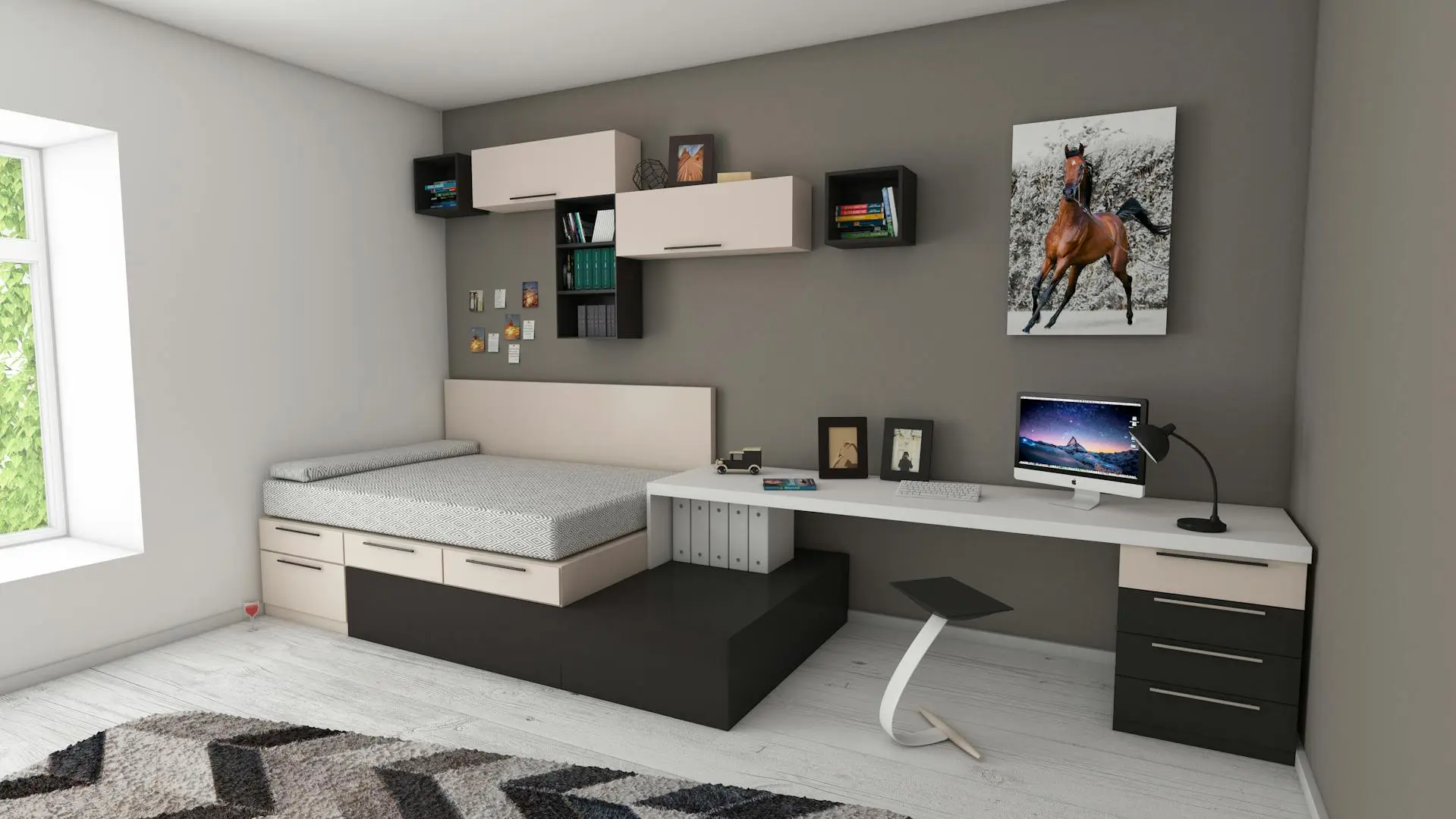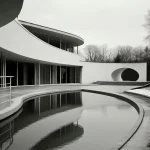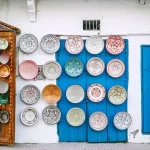The curb appeal of a house is significantly influenced by the color chosen for its outside. Apart from improving the house’s appearance, the appropriate hue captures the owners’ style and individuality. Choosing the correct exterior paint allows one to show originality and flair, whether building a new house or restoring an old one. Selecting the ideal hue calls for careful balancing of personal tastes, utility, and the surroundings of the house. Knowing the perfect color can result in a lovely, harmonic home front.
1. Consider the Architectural Style of the Home
The most appropriate color for the exterior of a house is heavily determined by its architectural style. Various home designs incorporate natural features that suit specific color schemes. Classic and modest hues, such as whites, creams, and earth tones, are common in traditional homes. Colonial-style homes will look best when painted in neutral colors that emphasize their symmetry and formality.
When selecting an external color, consider how it will interact with the architectural components of the home. Crown molding, intricate trim, or unusual window frames will benefit from a hue that contrasts sufficiently to highlight these elements without overwhelming them. Simplicity in design can help homes with more neutral or soft tones appear clean and timeless.
2. Account for the Surrounding Environment
The surrounding area is a crucial consideration when choosing the ideal exterior color for a house. Whether the house is in an urban environment, suburban neighborhood, or rural area, its location will affect the most appropriate color selections. Earthy tones, such as greens, browns, or beiges, which go perfectly with the surroundings, would help homes in rural or natural settings. Light and breezy hues like soft blues, whites, or pastels could inspire a laid-back, beachy vibe in coastal settings.
Depending on the area’s feel, urban homes can also embrace stronger, more modern colors, including charcoal, slate, or metallic tones. Additionally crucial to take into account while selecting an external hue is the temperature. Lighter colors, such as whites or light pastels, can assist in reflecting sunlight in hot climes, therefore cooling the house. Darker colors, on the other hand, absorb more heat, which might help in colder areas. One should also examine the surrounding natural components, such as trees, mountains, and the overall scenery. Harmonizing the color of the home with its surroundings ensures that the house complements its surroundings and stands out attractively, thus producing balance and harmony.
3. Experiment with Different Textures and Finishes
Even when the same color is utilized, the texture and gloss of exterior paint can significantly change a home’s overall appearance. Each matte, glossy, or satin finish produces varied effects, so selecting the appropriate finish will improve the whole appearance. For example, a matte finish offers a subdued, subdued aspect that often gives the outside a more rustic or natural feel. Conversely, a glossy finish might help modern houses or those looking for a more polished look since it often makes the color seem brighter and more vivid.
Aside from finishes, surface texture affects a color’s appearance. A rough brick or stone facade would highlight the material’s natural colors, making it ideal for warm, earthy tones; a smooth stucco surface can provide a clean, uniform appearance that complements neutral tones. Natural elements in the exterior color scheme create visual appeal and textural contrast, increasing the house’s beauty. Furthermore, experimenting with color combinations, such as pairing a neutral primary hue with accent colors on trim or doors, can create a layered and dynamic effect. You can easily choose from a variety of unique Romabio limewash colors to help you choose the best option for your home. Romantic limewash hues, for example, are a good choice for homeowners looking for a more classic style because they produce a distinct, natural finish that enhances the texture of the house and has an earthy, timeless charm.
Conclusion
Choosing the best color for the front of a house takes both imagination and a thorough examination of numerous parameters. The overall appearance and feel of the house are determined by the architectural style, surrounds, texture, and finish choice. By carefully evaluating these factors, homeowners can ensure that their selected exterior paint enhances the beauty and character of their property as well as its surroundings. Whether you favor classic neutrals, bold hues, or something more natural, the exterior color you choose can make a significant impact in how appealing a house appears.





